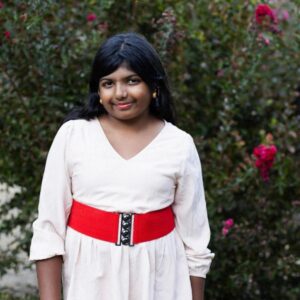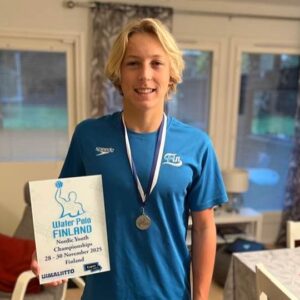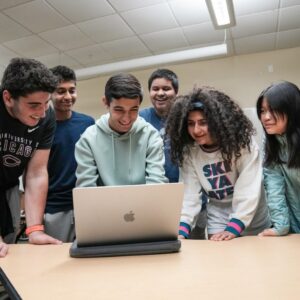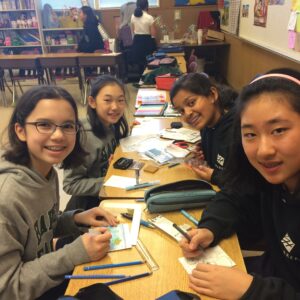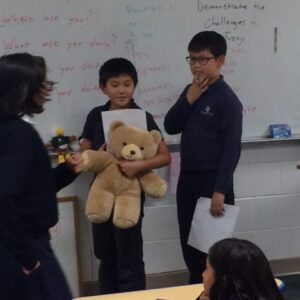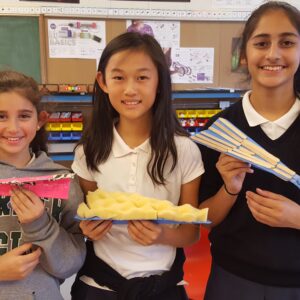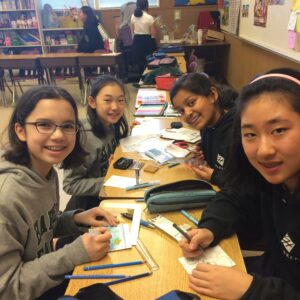A new club on the MS campus, the Research Club, provides a conduit for budding researchers to refine their technique to prepare for large and small venue presentations, but the club wouldn’t be much help without the mentors that make it go.
Club advisors Lorna Claerbout, Ilona Davies and Scott Kley Contini worked hard all through the year to help students ramp up to a new level of research and presentation. The science research club in the MS is Claerbout’s “brain child,” noted Raji Swaminathan, science teacher. “She conceived the idea last year and put it all together and the rest of the department worked with her on that. The amount of time and energy she has devoted to organizing this club on a weekly basis, organizing the Synopsys competitors, and getting the kids ready for the symposium is really huge.”
Harker has encouraged an advancing atmosphere of research since Anita Chetty, US science department chair, was brought to Harker by Diana Nichols in 2001. Chetty started the Harker Research Symposium (HRS) in 2005, but her encouragement of young researchers goes way back: one of the 2009 HRS keynote speakers was Nimet Maherali, whose research career began in her Canadian high school when Chetty, then the AP Biology instructor at her school, “saw something in me that I didn’t see,” said Maherali.
Maherali’s path led to the University of Calgary and Harvard University, where she is a Ph.D. candidate in the Center for Regenerative Medicine and Cancer. In her speech, “Cellular Alchemy and the Making of a Research Scientist,” Maherali said that research begins with a question and hers was, “Can any cell become any other cell?” Her results, featured in Time magazine and Discovery Channel’s “Top 10 Science Moments of 2007,” may eliminate the need for embryonic stem cells in research and someday lead to therapies for diseases such as Parkinson’s or Lou Gehrig’s (ALS).
Now, via the MS Research Club, the process of developing good research habits has already paid off. Club member Jackie Wang, Gr. 8, earned a silver medal at the California State Science Fair (see full article, pg. 30). “Ms. Claerbout and Mr. Contini were really encouraging in helping me learn deadlines for applying to science fairs, brainstorm ideas for my experiment, know what steps I needed to prepare my application, and understand how to present the project,” said Wang. “The Synopsys Science Fair was lots of fun and the California State Science Fair was a great experience. Being able to participate in the science fairs made the hours spent in the lab nights and weekends all worthwhile. Having the chance to present my research in the beautiful new science building at the Harker Research Symposium was such a thrill. I would definitely encourage others interested in science research to join the club,” she said.
Chetty was generous with her praise of Harker for supporting the symposium as the pinnacle of the internal Harker research effort. She thanked everyone from workers who set up the rooms to administrators who saw her vision for the symposium as a real presentation venue. “The 2009 symposium was dedicated to Howard Nichols,” said Chetty, “and I want to acknowledge his work, and Diana Nichols’, in making the science center a reality. In addition, and in particular, I want to recognize all students out there who have asked a science question.”

